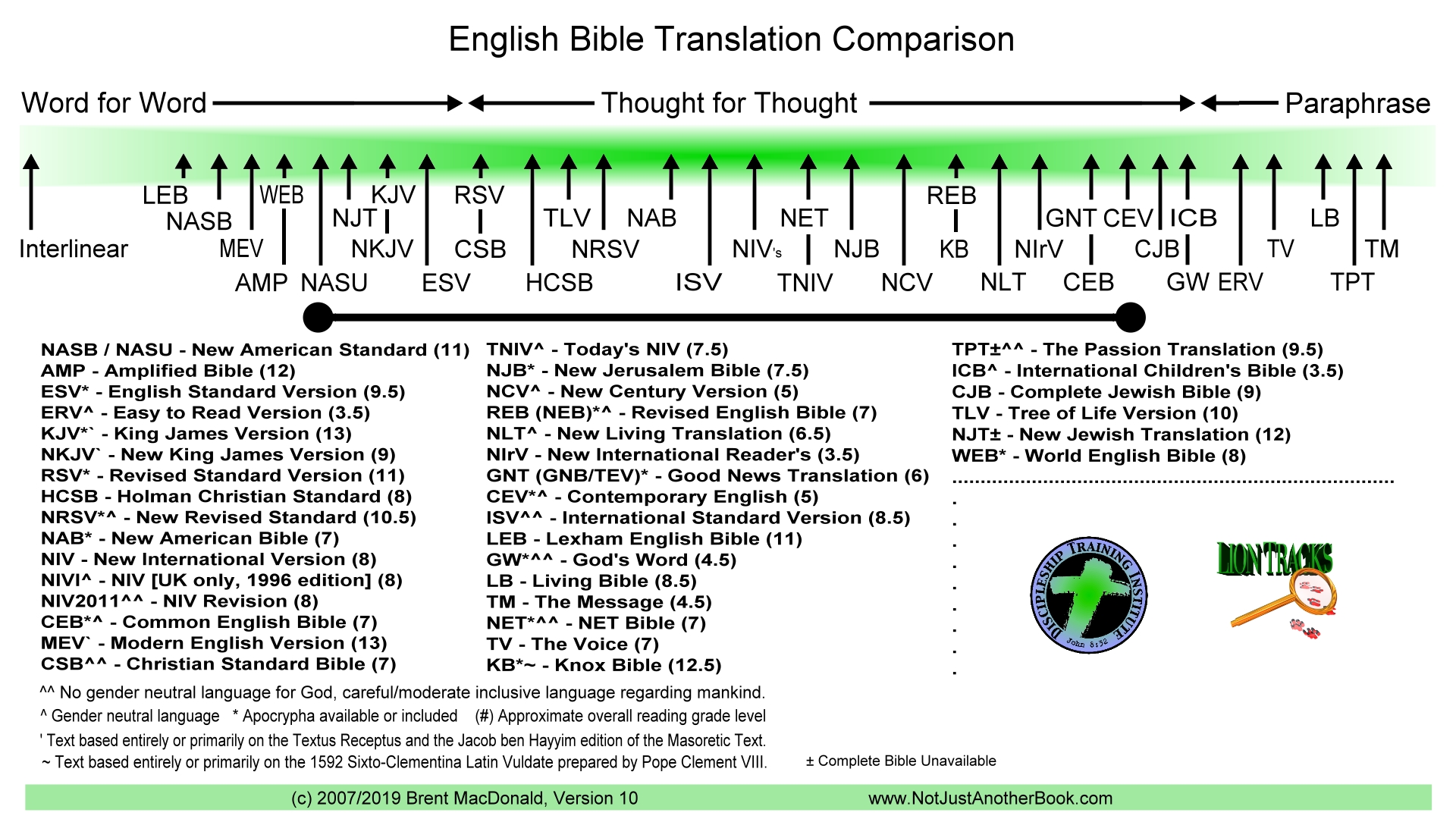

7 Over the next few months, the translation progressed through the book of Genesis. Shortly thereafter, in a revelation addressed to Joseph’s wife, Emma Hale Smith, the Lord instructed that Emma serve as Joseph’s scribe 6 for the translation, which she apparently did for a brief time. The earliest manuscripts of the Bible translation, beginning with Genesis 1 (now Moses 2), were created in Harmony, Pennsylvania, about one month later, with Oliver Cowdery and John Whitmer acting as scribes. This revelation now appears as the first chapter in the book of Moses in the Pearl of Great Price. In June 1830, Joseph received a revelation that he described as the “visions of Moses.” 5 This revelation may have served as a catalyst to Joseph’s work on the translation. Grandin’s print shop in October 1829 that Oliver Cowdery purchased from Grandin the King James Bible that Joseph Smith used in the translation. It was while the Book of Mormon was being printed at E. B. He considered this project a divine mandate, referring to it as a “branch of my calling.” 3 Yet while portions were printed in Church publications before his death, Joseph Smith’s complete translation of the Bible was not published during his lifetime.Įven so, the effort the Prophet poured into that work is evident in the pages of the Doctrine and Covenants the translation process served as the direct catalyst for many revelations contained in that book, which includes more than a dozen sections that arose directly from the translation process or contain instructions for Joseph and others pertaining to it. Joseph Smith worked diligently on his translation from the summer of 1830 until July 1833.

Historian Mark Lyman Staker characterized the translation as one of “ideas rather than language.” 2 Rather, he used the King James Version of the Bible as his starting point and made additions and changes as he was directed by the Holy Ghost.Īlthough Joseph made many minor grammatical corrections and modernized some language, he was less concerned with these technical improvements than he was with restoring, through revelation, important truths not included in the contemporary Bible. He didn’t consult Greek and Hebrew texts or use lexicons to create a new English version. Joseph’s translation was not carried out in the traditional sense.

This effort defied the prevailing opinion of the day that the Bible contained the inerrant word of God as contained in the revered text of the King James Version. 1 In the summer of 1830, just a few short months after the Book of Mormon was published, Joseph Smith began a new translation of the Bible intended to restore some of those plain and precious parts.

More than once, the Book of Mormon text indicated that “many plain and precious parts” of the Bible had been lost. As Joseph Smith translated the Book of Mormon in the late 1820s, he learned more than the history of the Lamanites and Nephites.


 0 kommentar(er)
0 kommentar(er)
